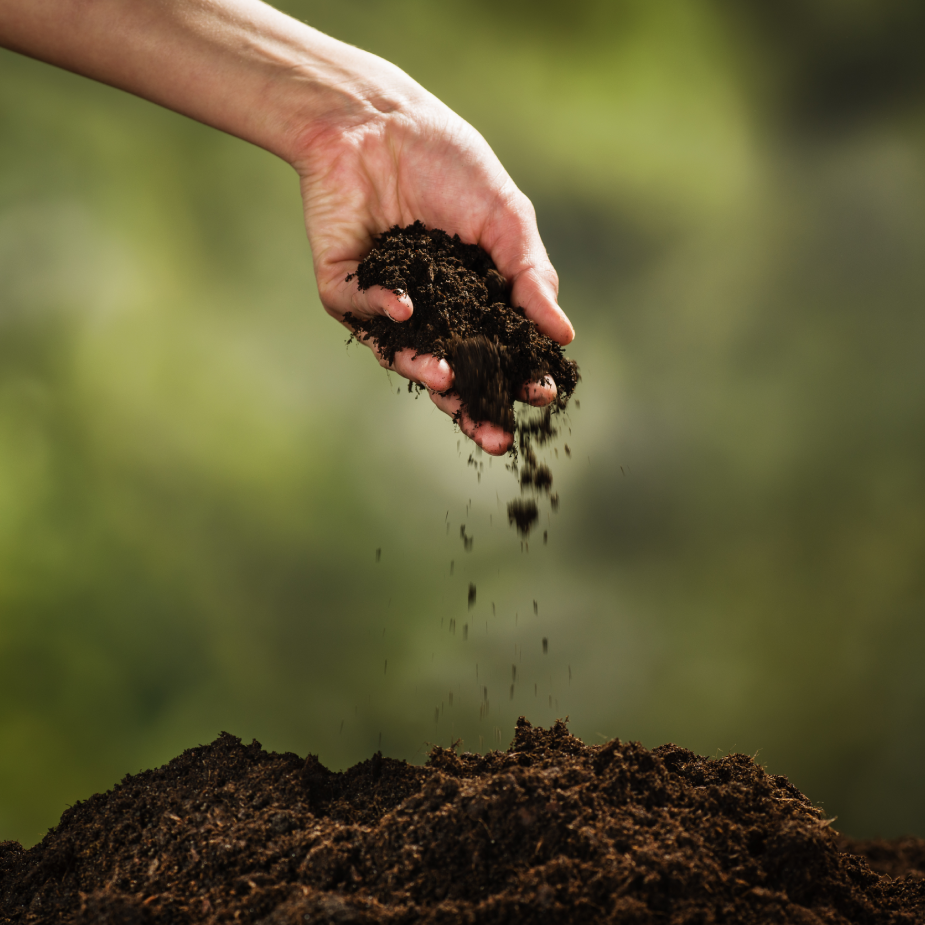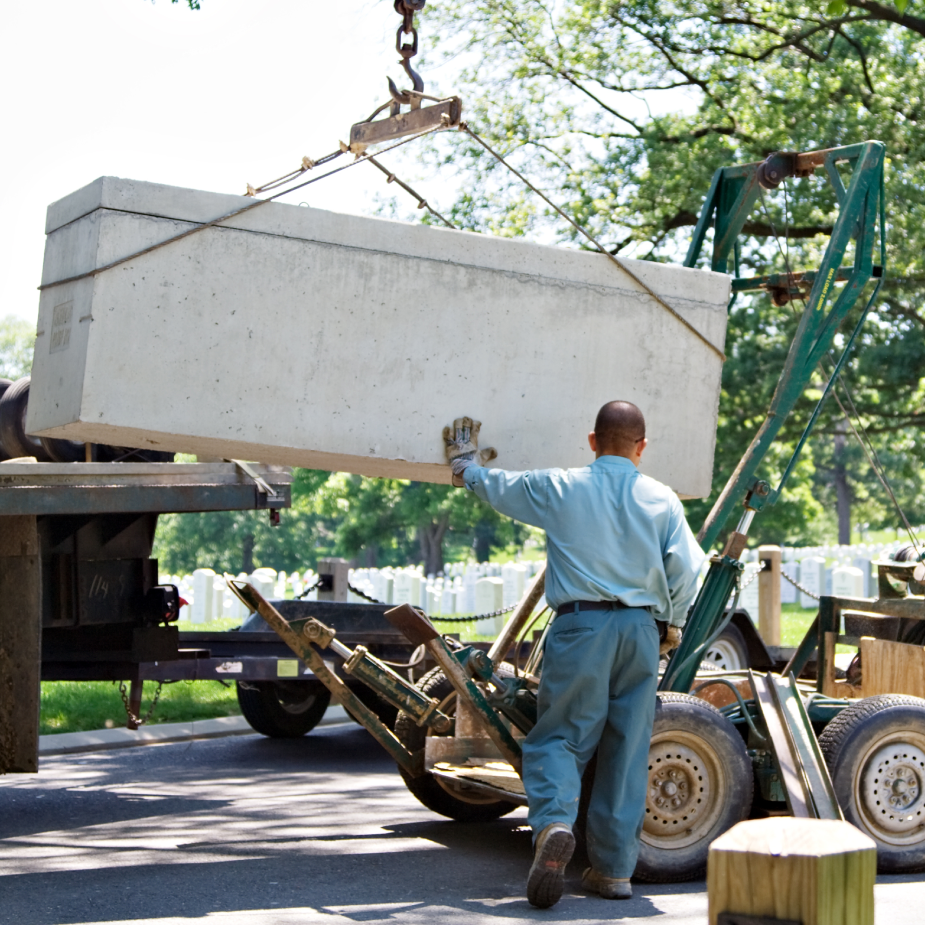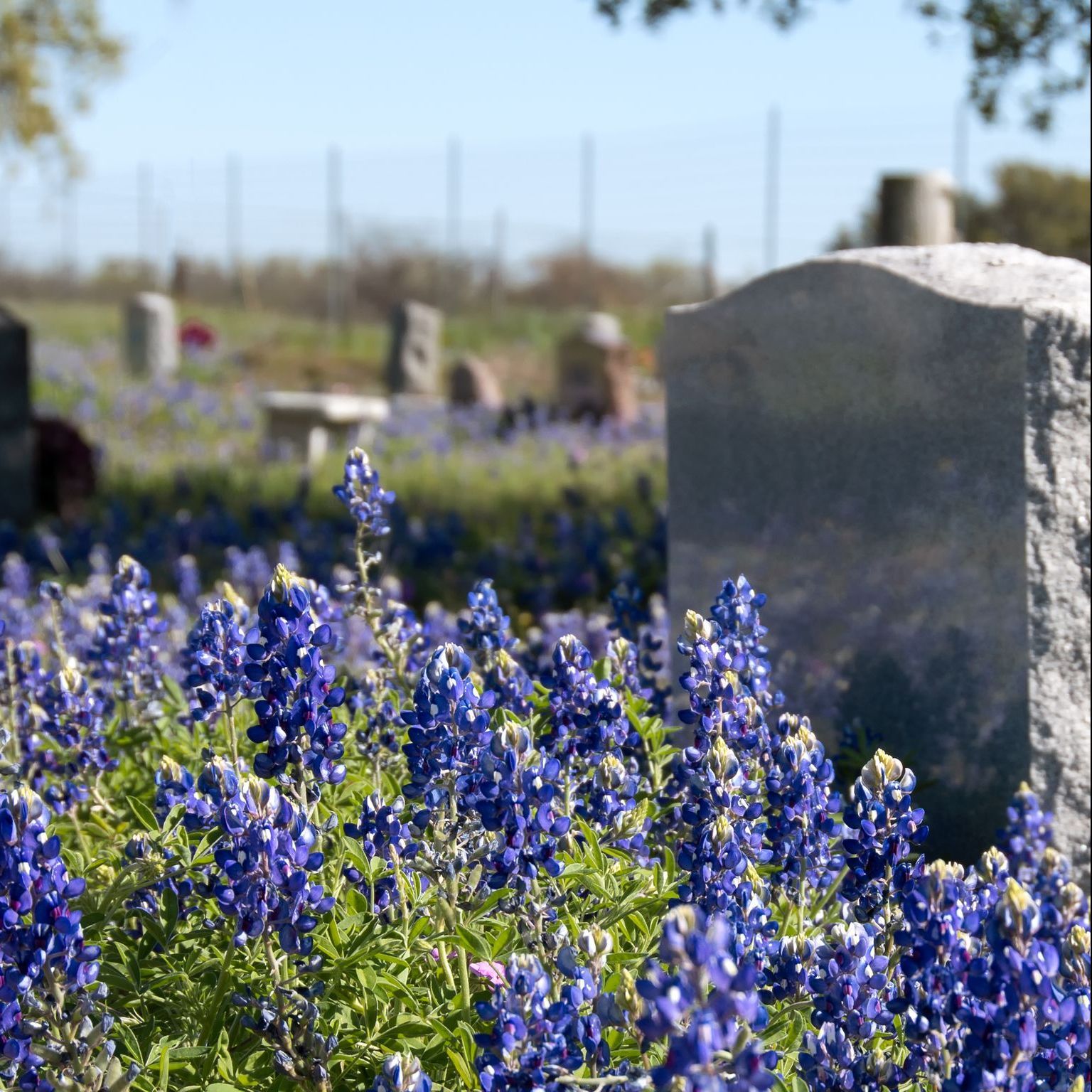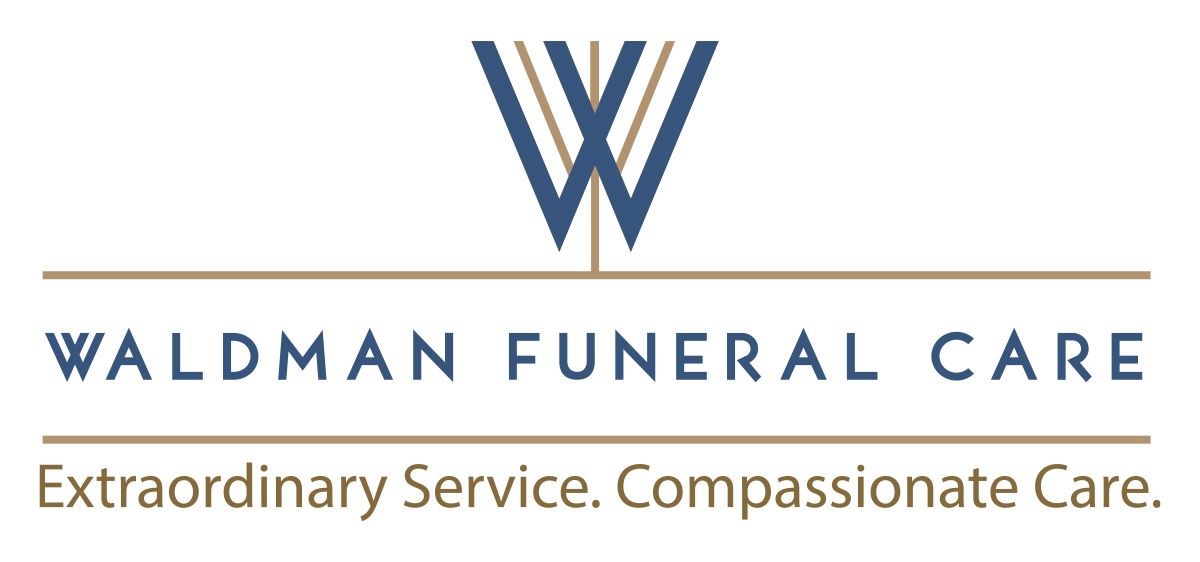Greener Burial
Here at Waldman Funeral Care, we specialize in Jewish funerals, which means we understand the value of green and natural burial. That’s why we continue to expand our green offerings to meet the growing needs of our families.
Waldman Funeral Care, LLC has been certified as a Green Burial Establishment by the Green Burial Council
What is Green Burial?
The central motivation behind green burial is the belief that death care practices shouldn’t be harmful to the environment. With this tenet in mind, green burials aim to leave minimal environmental impact, conserve resources, protect from potentially harmful chemicals, and reduce carbon emissions.
What Makes a Burial "Green"?
To be considered “green,” a burial must meet several criteria as set out by the Green Burial Council. These criteria are:

Burial containers made of non-toxic, biodegradable materials


Embalming completed with non-toxic materials, like plant-derived essential oils. At Waldman Funeral Care, LLC, we do not perform any type of embalming.
Caskets are not covered by a grave liner or burial vault. However, some of our Jewish cemeteries do require them.


Graves marked with trees, plants, or stones rather than traditional grave markers
At Waldman Funeral Care we are working with our families to provide Greener options where possible depending on burial location.

As a Jewish funeral home, we already align with many of these tenets, especially as we do not embalm as it is within our sacred traditions. Also, we do not use grave liners and burial vaults unless required by the cemetery.
To learn more about our bamboo burial containers and urns, kosher all-wood construction caskets, and other green options, give us a call today.
Can I Still Have a Service?
Absolutely! It’s always recommended that you plan some sort of service. As human beings, we need to know that our lives matter. The funeral service is where we do that by coming together to remember and honor a loved one’s life and legacy. While green burial may be on an expedited timeline, that doesn’t mean you have to give up having a service. Instead, speak to your funeral director and review the options.
Learn More About Green Funerals


